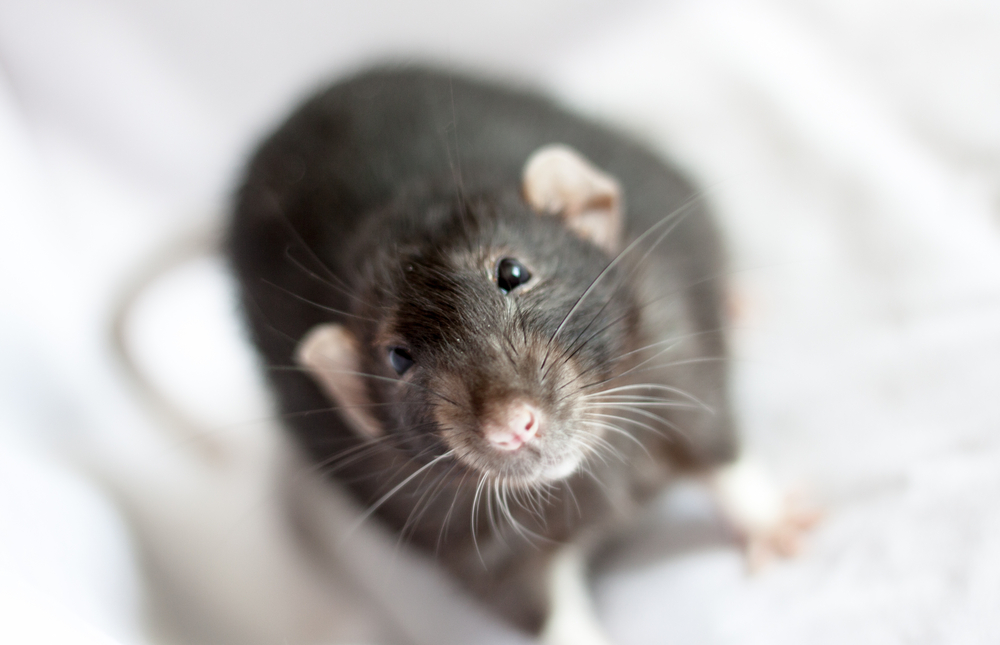Heparan Sulfate Buildup Not Directly Linked to MPSIIIA Symptom Onset, Mouse Study Shows

Heparan sulfate accumulation is not a good indicator of Sanfilippo syndrome type A symptom onset, a new mouse model of the disease suggests.
This finding, reported in the study, “A novel conditional Sgsh knockout mouse model recapitulates phenotypic and neuropathic deficits of Sanfilippo syndrome,” reiterates other recent evidence reported in patients with this rare disease. It was published in the Journal of Inherited Metabolic Disease.
Babies who carry the defective gene associated with Sanfilippo syndrome type A (also known as mucopolysaccharidosis IIIA, or MPSIIIA) but do not yet present symptoms are expected to be identified in trials of newborn screening. Consequently, understanding what determines the age of symptom onset and the rate of symptom progression is essential for the timely and correct application of possible treatments.
Using animal models that accurately mimic the features of the disease is extremely important to understand and identify the various factors that determine disease expression.
Several mouse models already exist; however, most rely on mutations that limit the activity of the SGSH gene and result in insufficient production of the N-sulfoglucosamine sulfohydrolase enzyme (3-4%). This, in turn, results in the accumulation of heparan sulfate (HS) and mimics the biological defect characteristic of Sanfilippo syndrome type A.
In this study, researchers used genetic engineering tools to create a mouse model that completely lacks the SGSH gene (SGSH knockout), hypothesizing that these animals would exhibit accelerated disease progression.
Analysis of the overall behavior of the animals, as well as common biological markers of the disease, revealed marked differences from the well-characterized mouse model of spontaneous development of Sanfilippo syndrome (which carry the SGSH D31N mutation).
A physical test performed at an early age showed that the new SGSH knockout mice could swim longer distances than D31N-mutated mice. However, they swam slower and had impaired grip strength, which suggests they already showed motor deficits at an early age. This motor impairment could also contribute to the significant increase in latency reported in the physical test.
Although the animals showed these behavioral differences, analysis of brain tissue samples were found to be similar between the two models in terms of heparan sulfate accumulation. Not only did the samples show similar amounts of heparan sulfate, but the accumulation rate was also found to be approximately the same in both strains.
Analysis of signs of damage in nerve cells also revealed similar features and patterns in the two mouse models, and within the same developmental timeline.
“This apparent ‘uncoupling’ of the expression” of disease manifestations and the accumulation of heparan sulfate in the brain and other organs “is analogous to reports of a lack of correlation between the appearance of heparan sulfate [intermediates] in cerebrospinal fluid from MPS-IIIA patients and the rate of disease progression,” the researchers wrote.
These results suggest that, while heparan sulfate and its associated nerve cell damage are good biomarkers of disease presence, they may lack utility to define disease severity and progression. “Therefore, more subtle markers of neurodegeneration are required,” they added.
The team believes that this new mouse model of Sanfilippo syndrome type A “faithfully reflects the human condition.”
In the future, they will evaluate detailed structural and functional deficits in this model to better understand the underlying mechanisms of disease progression, hoping to identify prognostic biomarkers with relevance to human disease.






